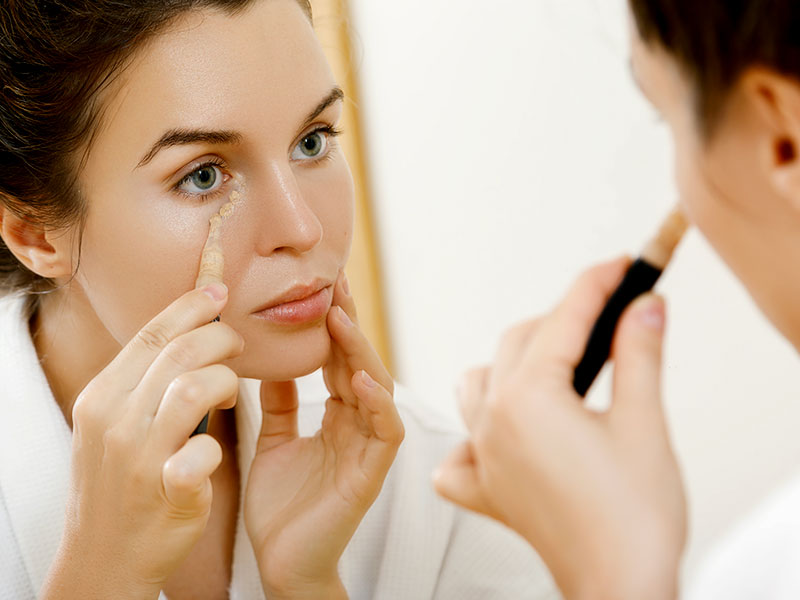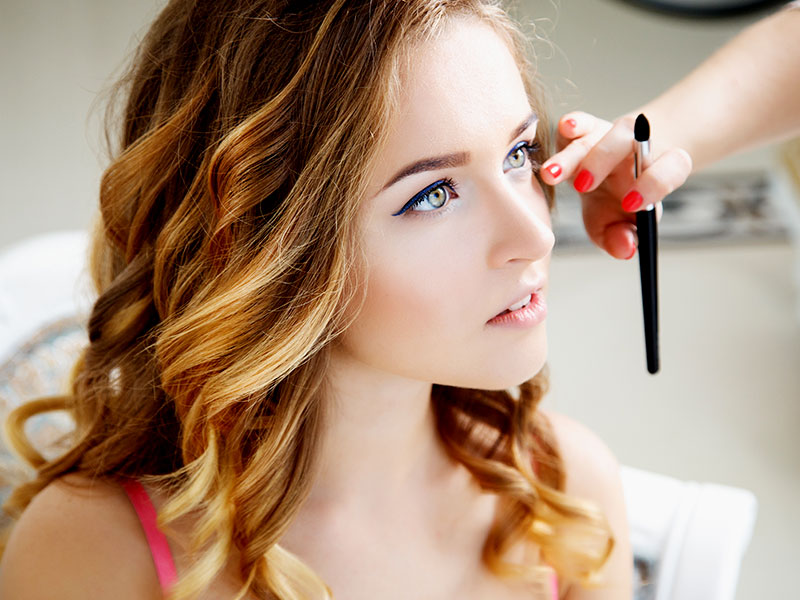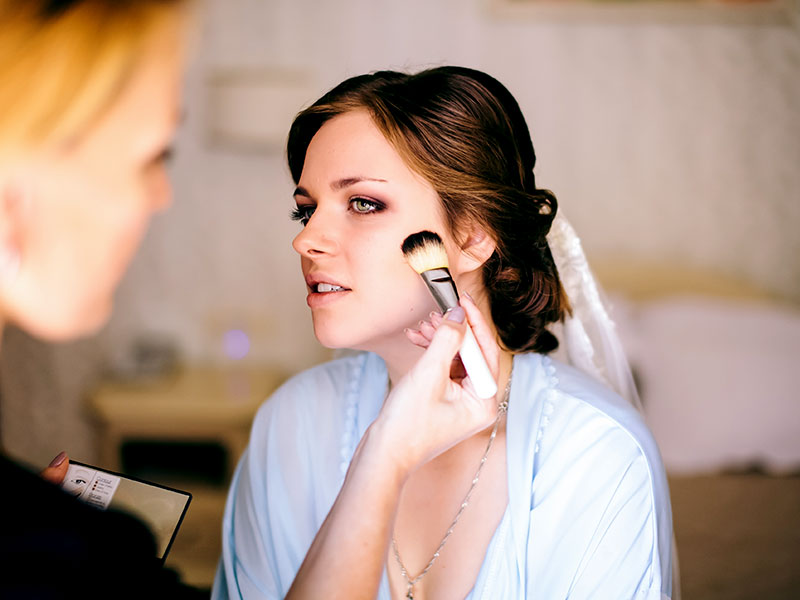Professional Makeup Artists Weigh In About Concealer & Foundation: Which Should You Apply First And Why?
Have you ever wondered whether it’s best to apply concealer or foundation first? Are you tired of experimenting with various techniques which, in the end, still leave you unsure about which method actually looks best and lasts the longest?
You’re definitely not alone. Beautster has talked with professional makeup artists who say that their clients just aren’t sure how to flawlessly apply their makeup and make sure it lasts all day long.
Beauty bloggers, makeup artists and beauty professionals sometimes have conflicting opinions and advice about the proper application of concealer and foundation, so we think it’s best to go straight to the pros to get some answers. After all, they work with makeup every day and they know exactly which techniques work best.
Here are some informative tips and tricks straight from Beautster beauty professionals. Spoiler alert, one technique came out on top as the most commonly used method, so keep reading to decide which technique works best for you.
CONCEALER FIRST
Generally, a less commonly used method, applying concealer first tends to be done on a case-by-case basis since makeup is an art and therefore involves lots of experimentation and customization. Beautster pros say that this technique isn’t necessarily better, but it’s another option.
If for example a client has dark under-eye circles or looks tired, concealer might be applied first, followed by foundation, which is then blended together to even out their skin tone. At that point, if any additional coverage is needed, final concealer touch-ups are done before setting the look.
On the other hand, if blemishes are being concealed, pros agree that they prefer to apply foundation first, since applying concealer first means that it’s more likely to crease or for blemishes to easily show, leading to having to apply more product.
Applying concealer last gives the makeup artist more time to work with the product and set everything in place before it has a chance to crease.

FOUNDATION FIRST
Almost all of the Beautster pros we spoke with say that they prefer to apply foundation first rather than layering concealer on top of the foundation.
While a few did say that they have applied concealer first, they explain that this technique depends on a person’s complexion and coverage needs. So why do so many professional makeup artists choose this method?
Here are some excellent reasons to back-up their preferred method:

It makes more sense
Pros say that it makes more sense to apply foundation first since it’s meant to help even out your skin tone and reduce the appearance of blemishes, imperfections, redness or discoloration.
Therefore, until the foundation is applied, it’s hard for a makeup artist to judge how much concealer someone will need.
Makeup pros also pointed out that by trying to blend foundation over concealer, the concealer often rubs or moves off the area it was intended to cover, meaning that it has to be reapplied, regardless of which application method is used.
Since the foundation is meant to be the base for makeup application, many pros agree that applying concealer first is a waste of time and product since it means you’ll have to go over the area again to achieve the desired level of coverage.
Pro Tip: if you’re using foundation as your base and if you’re using the right colour and formula for your skin type, it should do most of the work for you, meaning you’ll need to use far less concealer.
When applying foundation, Beautster makeup experts say that they start with a very light layer beginning in the centre of the face and blend it outwards towards the cheeks and jawline. This step is followed by applying concealer only where it’s needed and blending both products together.
Pro Tip: It’s important to choose a foundation and concealer shades that perfectly match your skin tone and have a similar texture and consistency to ensure they can be blended flawlessly. Remember, the foundation is meant to be the base of your look, while concealer is meant to correct and conceal.
Makeup pros also advise that it’s important to be careful when applying foundation or tinted moisturizer since only a very thin layer is needed to achieve the most natural-looking coverage. Your natural skin should still shine through and be able to breathe once the foundation is applied, and concealer is meant to cover any final skin imperfections.
Pro Tip: the point is not to make it look like you’re wearing a lot of makeup, but to enhance your natural beauty and facial features. Even if you like a full-coverage finish, applying foundation first is your best bet. Â

FINAL THOUGHTS
While some of the makeup pros we spoke with say there’s nothing wrong with applying concealer first, the majority advise that it’s best to start with a very light layer of foundation before moving on to other steps.
Foundation’s main purpose is to even out the complexion, allowing for makeup artists to assess which areas might need more coverage and which areas can be left alone.
Since concealer is generally thicker than foundation, it’s a good idea to only use it on areas that really need it rather than overusing it, especially if you are aiming for a look that’s as natural as possible.
Visit www.Beautster.com and connect with highly skilled and experienced local makeup pros who can help you achieve your perfect look.
Beautster. A fresh, innovative place to book all your beauty, hair and spa appointments 24/7.